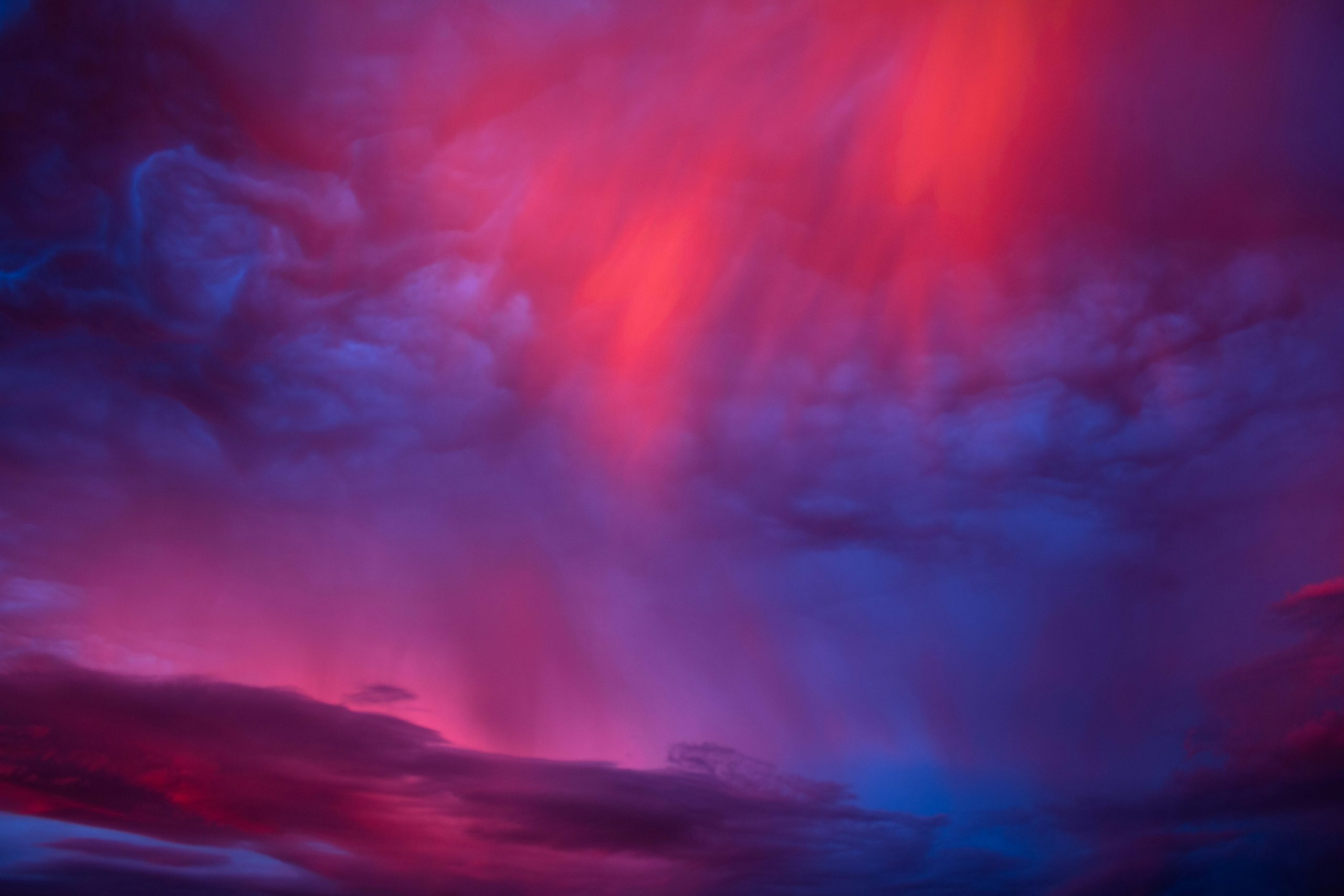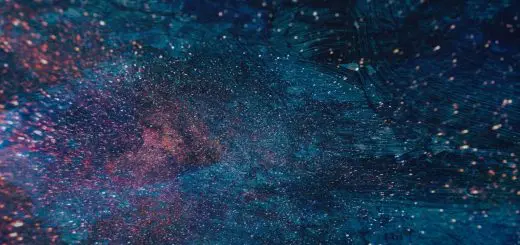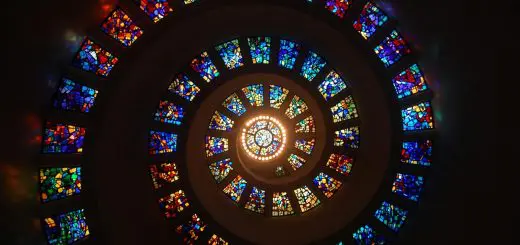The Legend of the Wendigo: A Terrifying Folklore

Before diving in, please note: This post is for informational purposes only. If you’d like to know more about how we approach topics, feel free to check out our friendly Disclaimer Page.
Hey there, amazing readers! 
We’re committed to delivering quality posts, and your support (even just sticking around despite the ads) means everything to us. So, bear with us, and thanks for helping us keep the good vibes rolling. Now, on to the fun stuff!
TRANSLATE BUTTON AT THE END OF THE ARTICLE
A Quick Overview
The Wendigo stands as one of the most chilling figures in North American folklore. This legendary creature embodies fear, hunger, and the darker sides of human nature. The stories surrounding the Wendigo are rich and varied, originating in the tales of Indigenous peoples. They caution against the dangers of unchecked greed and the consequences of losing one’s humanity. In this article, we will delve deep into the lore surrounding the Wendigo, exploring its origins, cultural significance, and how it has evolved into a staple of modern horror.
Introduction to the Spine-Chilling Wendigo Legend
The Wendigo is not just any creature. It represents a terrifying archetype that embodies insatiable hunger and human greed. Picture this: a once-human figure, transformed into a monstrous being that craves flesh, particularly human flesh. The legend is steeped in themes of cannibalism, starvation, and the moral decay of a person who gives in to their base instincts.
Legend says that the Wendigo originates from the cold, desolate woods of North America, particularly in regions that are now part of Canada and the northern United States. In stories, this ghastly figure is often said to appear during harsh winter months when food is scarce. Its haunting howls send shivers down the spines of those who hear it, leaving an eerie reminder of the thin line between survival and monstrosity.
Modern depictions often showcase the Wendigo as a towering figure, emaciated and gaunt, with glowing eyes and sharp, elongated fingers. But at its core, the Wendigo serves as a warning—a reminder of what may happen when human beings let their darker urges take over. The horror of the Wendigo is not just in its physical form but in the moral lessons embedded in its myth.
Origins of the Wendigo: Indigenous Roots Explained
The Wendigo legend has deep roots in the cultures of various Indigenous tribes in North America, with variations across Algonquin, Cree, Ojibwe, and other tribes. The word "Wendigo" itself comes from the Algonquin language, meaning "the evil spirit that devours mankind." Originally, it was a cautionary tale used by tribal elders to teach younger generations about the dangers of overindulgence and greed, especially during times of famine.
In many stories, the Wendigo was once a human being who succumbed to the dire circumstances of starvation. When a person resorted to cannibalism to survive, they transformed into a Wendigo, cursed to wander the earth eternally hungry. This transformation is linked to the belief that the Wendigo could possess those who fell into a state of greed or desperation.
Various tribes added their own layers to the Wendigo myth. Some viewed it as a spirit that could invade a person’s mind, while others saw it as a physical being that could stalk the woods in search of its next victim. The common thread is a warning against the moral decay that comes from selfishness and the loss of compassion for others.
The Wendigo’s Physical Description: A Haunting Figure
When we imagine the Wendigo, several striking physical characteristics usually come to mind. Descriptions vary, but they often share common elements that contribute to its terrifying presence:
-
Emaciated Body: The Wendigo is often depicted as extremely thin, almost skeletal. Its skin is described as gray or ash-colored, stretching tightly over its bones.
-
Glowing Eyes: Many tales tell of the Wendigo’s eyes shining like lanterns in the darkness, a haunting sight that strikes fear into the hearts of those who encounter it.
-
Sharp Teeth and Claws: Its mouth is filled with jagged teeth, perfect for tearing into flesh, while its fingers are elongated and end in sharp claws, allowing it to hunt effectively.
-
Unnatural Height: Some accounts describe the creature as towering over human beings, making it appear even more menacing.
The Wendigo’s appearance evokes feelings of dread, often described as a monstrous shadow lurking in the woods, waiting to pounce on unsuspecting victims. This terrifying figure serves as a physical manifestation of hunger and the moral perils that accompany it.
Cultural Significance of the Wendigo in Folklore
Beyond its terrifying visage, the Wendigo carries profound cultural significance. For many Indigenous communities, it is more than just a tale; it acts as a moral compass, guiding behavior and encouraging communal responsibility. Here’s how:
-
Moral Lessons: The Wendigo illustrates the dangerous effects of greed, particularly in times of scarcity. The stories teach that giving in to such desires can lead to one’s downfall.
-
Community Caution: The legend warns against isolating oneself from community support. Tribes emphasize the importance of helping one another, especially during difficult times.
-
Respect for Nature: The Wendigo serves as a reminder of the consequences of exploiting natural resources. Overindulgence can lead to imbalance, not only in the community but in the ecosystem as well.
-
Fear as a Tool: While fear may seem negative, it functions as a protective mechanism. By instilling the fear of the Wendigo, tribes encourage individuals to act responsibly and consider the impact of their actions.
In summary, the Wendigo is not merely a source of terror; it embodies essential life lessons that resonate deeply within Indigenous cultures.
The Wendigo in Different Native American Tribes
As I mentioned earlier, the Wendigo myth varies widely across different tribes, each adding unique elements to the narrative. Let’s take a closer look at a few perspectives:
-
Algonquin: The Algonquin people often depict the Wendigo as a spirit that could possess individuals, turning them into cannibals. Their stories emphasize the psychological aspect of the Wendigo, which is as terrifying as its physical form.
-
Cree: The Cree version highlights the Wendigo’s insatiable hunger for human flesh. They describe it as a once-human being transformed into a monster due to its gluttony.
-
Inuit: The Inuit culture features a creature called "Tunturuk," similar to the Wendigo, which feeds on the souls of the lost. This version underscores the idea of spiritual hunger rather than physical.
-
Ojibwe: The Ojibwe people often tell tales of the Wendigo as a supernatural being that can control the weather. A Wendigo sighting might precede harsh winters, reinforcing the link between the creature and environmental hardship.
Despite these differences, the core themes of greed, desperation, and the consequences of unchecked desires remain consistent throughout.
Symbolism of the Wendigo: Greed and Consumption
The Wendigo symbolizes more than just a spooky creature lurking in the woods; it represents the darker aspects of human nature. Here’s how this folklore embodies important concepts:
-
Greed: At its core, the Wendigo serves as a metaphor for insatiable greed. It reminds us that excessive desire can lead to our ruin.
-
Consumption: The act of cannibalism associated with the Wendigo highlights the perils of consumption—both literal and metaphorical. It reflects how unchecked consumption can consume us entirely.
-
Isolation: The Wendigo thrives on isolation. Those who isolate themselves from community ties are more vulnerable, echoing the importance of connection and support.
-
Moral Decay: The transformation into a Wendigo signifies losing one’s humanity. It serves as a warning that succumbing to base desires can strip away our morality.
The Wendigo’s symbolism encourages reflection on our own behaviors and the societal implications of greed and consumption.
Terrifying Tales: Famous Wendigo Sightings
Throughout history, there have been numerous accounts of Wendigo sightings that send chills down one’s spine. Here are a few notable tales:
-
The Banshee of the North: In the 1900s, a logger in northern Minnesota claimed to have seen a tall, thin figure in the twilight. He described it as having glowing eyes and a penetrating howl that echoed through the trees, a classic tale that sparked fear among loggers.
-
The Wendigo in the Woods: A group of hikers in Canada shared a chilling encounter in which they heard strange, guttural sounds coming from the woods. One member reported seeing a shadowy figure watching them from a distance, only to disappear when they approached.
-
The Haunting Howl: In the 1930s, a family living in northern Ontario reported hearing a series of disembodied howls at night. They claimed the sound seemed to circle their cabin, leaving them paralyzed with fear.
-
The Fever Dream: In more recent years, a man camping in the Michigan woods claimed he awoke in a cold sweat after a nightmare featuring a gaunt figure with glowing eyes. The next day, he noticed strange footprints around his campsite that seemed to vanish into thin air.
These tales, whether exaggerated or real, keep the legend alive, fueling fear and fascination among those who hear them.
The Psychological Impact of the Wendigo Myth
The Wendigo legend has lasting psychological effects on individuals and communities. Let’s explore some of the impacts:
-
Fear of the Unknown: The unpredictability of the Wendigo fosters a general fear of the unknown. It highlights how fear can affect decision-making and relationships.
-
Cultural Identity: For Indigenous peoples, the Wendigo is also a point of cultural pride. Sharing these stories strengthens community bonds and keeps traditions alive.
-
Cautionary Tale: The myth serves as a cautionary tale, often reflecting contemporary societal issues like overconsumption, which many resonate with today.
-
Mental Health: The psychological aspect of the Wendigo can also relate to feelings of isolation and desperation, particularly during challenging times like winter.
The Wendigo myth allows for exploration and discussion of deep-seated fears, connecting us to broader societal conversations.
Wendigo vs. Other Folklore Creatures: A Comparison
The Wendigo is often compared to other folklore creatures, each with unique characteristics. Let’s see how it stacks up against a few:
-
Bigfoot: While both are creatures of the woods, Bigfoot is often seen as a benign entity; it’s more about curiosity than danger. The Wendigo, on the other hand, embodies terror and moral decay.
-
Vampires: Like Wendigos, vampires have a craving for blood. However, vampires often represent seduction and allure, while the Wendigo symbolizes greed and desperation.
-
Werewolves: Both creatures undergo transformations. However, werewolves are typically seen as victims of circumstance, whereas the Wendigo is a cautionary tale of moral failure.
-
Zombies: Zombies are often a metaphor for mindless consumption and loss. The Wendigo, while also a symbol of consumption, emphasizes the horrors of greed and the loss of humanity.
In comparing these creatures, the Wendigo stands out as a unique reflection of human fears and societal issues.
The Wendigo in Modern Pop Culture: Movies and Books
The Wendigo has infiltrated modern pop culture, appearing in various films, books, and shows. Here are some notable examples:
-
"Wendigo" (2001): This horror film explores the psychological and supernatural aspects of the Wendigo myth, blending traditional lore with modern storytelling.
-
"The Last Winter" (2006): In this film, the Wendigo is portrayed as a manifestation of environmental destruction, linking the creature to broader themes of nature and greed.
-
"Pet Sematary" by Stephen King: While not explicitly a Wendigo story, the themes of resurrection and the consequences of unchecked desires resonate with the legend.
-
"Channel Zero: No-End House": This horror anthology series incorporates elements of the Wendigo myth, showcasing a creature that embodies human fears.
These portrayals help keep the Wendigo’s legacy alive, adapting the tale to resonate with contemporary audiences.
How to Embrace the Legend Responsibly and Respectfully
Understanding and sharing the Wendigo legend can be a rewarding experience, but it’s essential to approach it respectfully. Here are some tips:
-
Learn from Indigenous Voices: Always seek out stories and interpretations from Indigenous peoples who have lived these experiences.
-
Respect Cultural Context: Recognize that the Wendigo is deeply tied to cultural identity and history. Approach the topic with sensitivity and respect.
-
Avoid Sensationalism: Resist the urge to sensationalize the Wendigo story for entertainment. Focus on the moral lessons it conveys.
-
Share the Story: Discuss the Wendigo within the context of folklore and cultural significance. Encourage open conversations about its lessons.
By embracing the Wendigo legend responsibly, we can appreciate its depth and the rich cultures it represents.
Conclusion: The Wendigo’s Enduring Legacy in Storytelling
The Wendigo remains a compelling symbol of fear, moral decay, and the consequences of unchecked desires. Its origins in Indigenous folklore remind us to listen to the lessons embedded in these stories. As we continue to explore the Wendigo in modern culture, we keep the legend alive, ensuring that the cautionary tales of greed and consumption remain relevant.
So next time you hear a howl in the woods or feel a chill run down your spine, remember the Wendigo. It’s not just a creature of terror; it’s a reminder of the humanity we must strive to keep alive. Let’s embrace the stories that bind us, learn from them, and share them with the utmost respect and understanding. The Wendigo’s legacy will endure as long as we keep telling its story.

The Enlightenment Journey is a remarkable collection of writings authored by a distinguished group of experts in the fields of spirituality, new age, and esoteric knowledge.
This anthology features a diverse assembly of well-experienced authors who bring their profound insights and credible perspectives to the forefront.
Each contributor possesses a wealth of knowledge and wisdom, making them authorities in their respective domains.
Together, they offer readers a transformative journey into the realms of spiritual growth, self-discovery, and esoteric enlightenment.
The Enlightenment Journey is a testament to the collective expertise of these luminaries, providing readers with a rich tapestry of ideas and information to illuminate their spiritual path.
Our Diverse Expertise
While our primary focus is on spirituality and esotericism, we are equally passionate about exploring a wide range of other topics and niches 

To ensure we provide the most accurate and valuable insights, we collaborate with trusted experts in their respective domains 
Our blog originally focused on spirituality and metaphysics, but we’ve since expanded to cover a wide range of niches. Don’t worry—we continue to publish a lot of articles on spirituality! Frequently visit our blog to explore our diverse content and stay tuned for more insightful reads.



































































